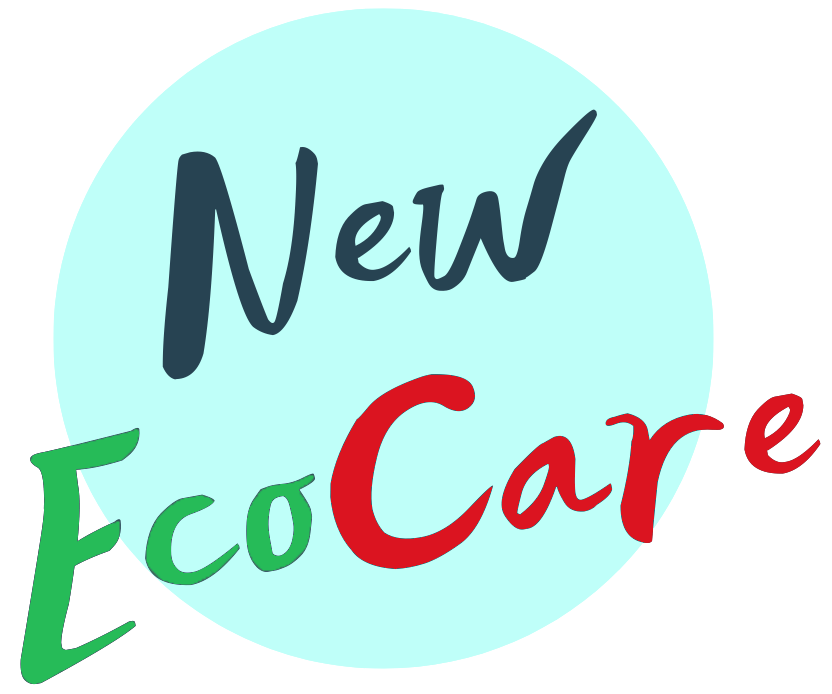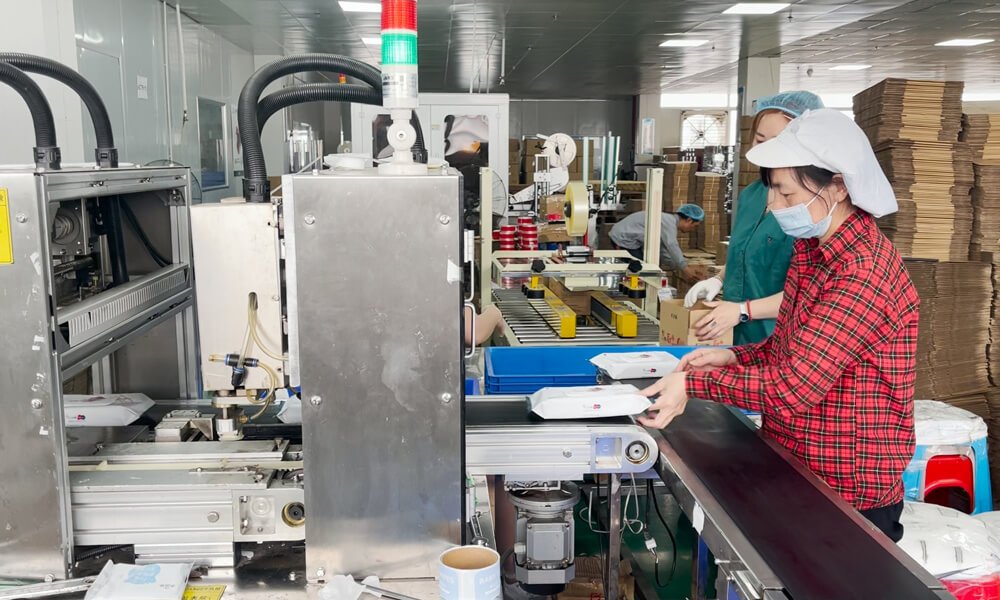The intricate process of manufacturing wet wipes reflects a sophisticated blend of material science, chemical engineering, and consumer insights. As we delve deeper into each aspect of production, it becomes evident that this common product is the result of a complex and carefully calibrated process.
Table of Contents
Introduction to Wet Wipe Evolution
Historical Background
Wet wipes, originally developed as a simple solution for infant hygiene, have undergone a significant evolution. Initially crafted from basic materials and limited in functionality, they have transformed into versatile products catering to a wide range of uses, from personal hygiene to industrial applications. This transformation highlights an innovative journey driven by consumer needs and technological advancements.
Modern Usage and Popularity
In contemporary society, wet wipes are no longer confined to baby care. Their proliferation into various sectors – including healthcare, cosmetics, and household cleaning – underscores their growing popularity. This widespread acceptance is a testament to their convenience, effectiveness, and adaptability to diverse requirements.
Core Materials: The Foundation of Wet Wipes
Types of Fabrics Used
The selection of fabric is a critical decision in wet wipe manufacturing. Nonwoven fabrics, preferred for their softness, durability, and absorbency, range from natural fibers like cotton and bamboo to synthetic ones like viscose and polyester. Each material brings unique properties that define the wipe’s functionality – be it gentle care for baby wipes or robust cleaning for industrial wipes.
The Role of Moisturizing Agents
Moisturizing agents are pivotal in defining the characteristics of wet wipes. These typically include water as a base, supplemented with various additives like aloe vera for soothing, antiseptics for disinfecting, or mild detergents for cleaning. The formulation of these agents is carefully crafted to ensure safety, efficacy, and a pleasant user experience.
The Manufacturing Process: A Step-by-Step Guide
Preparing the Nonwoven Fabric
The first step in wet wipe production is preparing the nonwoven fabric. This process includes choosing the suitable fiber composition and forming a web-like structure using methods such as spun lace or air-laid. The resulting fabric must strike a balance between softness for user comfort and tensile strength for durability.
Impregnating the Fabric with Solutions
Impregnation, the process of saturating the fabric with a moisturizing solution, is critical. This step requires precision machinery to ensure that the solution is evenly distributed across the fabric. The saturation level is meticulously controlled to ensure optimal moisture without oversaturation, which could compromise the wipe’s integrity.
Wetting Agents: Ensuring Effective Moisture
Types of Wetting Agents
The choice of wetting agents in wet wipes varies based on the intended use. For instance, baby wipes often contain gentle cleansing agents and moisturizers to protect delicate skin, while disinfectant wipes may include alcohol or other antimicrobials for effective sanitization. The formulation of these agents is a delicate balance of effectiveness and skin compatibility.
Balancing Moisture and Preservation
Maintaining the right moisture level is essential for the efficacy and longevity of wet wipes. This involves not only selecting the appropriate wetting agents but also incorporating preservatives to prevent microbial growth. The challenge lies in ensuring that these preservatives are effective while remaining safe and non-irritating to the skin.
Packaging: Preserving Freshness and Hygiene
Types of Packaging Materials
Maintaining moisture and protecting the product from contamination are the main tips for wet wipes packaging. Normally, options include plastic containers, resealable soft packs, and individual sachets, each catering to different usage scenarios and consumer preferences.
Sealing Techniques for Freshness
Effective sealing is crucial in preserving the moisture and hygiene of wet wipes. Techniques such as heat sealing and adhesive closures are employed to ensure an airtight seal, which prevents the wipes from drying out and keeps them clean and sanitary for use.
Quality Control and Standards
Regulatory Compliance
Adhering to regulatory standards is a fundamental aspect of wet wipe manufacturing. These standards, which vary by region and type of wipe, ensure that the products are safe for consumer use and meet environmental guidelines. Compliance involves rigorous testing and certification processes. Standards set by agencies like the FDA or EPA in the United States ensure that the wipes are safe for consumer use and environmentally responsible.
Testing for Safety and Effectiveness
Testing protocols for wet wipes cover various aspects, including skin irritation, allergenicity, and the efficacy of cleansing or antimicrobial agents. This comprehensive testing ensures that the wipes are not only safe for use but also perform their intended function effectively.

Environmental Considerations in Wet Wipe Production
Biodegradability and Sustainability
With increasing environmental awareness, the move towards biodegradable and sustainable materials in wet wipe manufacturing has gained momentum. This shift involves exploring natural fibers, developing biodegradable wetting agents, and implementing manufacturing processes that minimize environmental impact.
Innovations in Eco-friendly Manufacturing
Innovation in eco-friendly manufacturing includes the use of recycled materials, reduction in water and energy consumption, and the development of compostable wipes. These efforts are aimed at reducing the environmental footprint of wet wipes and promoting sustainable consumption.
The Future of Wet Wipes: Emerging Trends and Developments
Technological Advancements
The future of wet wipe manufacturing is closely tied to technological advancements. The progression of wet wipes is anticipated to be propelled by advancements in the realm of material science, the integration of automated systems in production, and the adoption of manufacturing processes that are harmonious with environmental concerns. These advancements will enhance efficiency, reduce costs, and improve the sustainability of the products.
Consumer-driven Changes
Consumer preferences play a significant role in shaping the future of wet wipes. Trends such as increasing demand for natural and organic ingredients, eco-friendly packaging, and wipes tailored for specific applications are influencing the direction of product development and marketing strategies.
Conclusion: The Ever-evolving World of Wet Wipes
The journey of wet wipe manufacturing encompasses a complex interplay of material selection, production processes, quality control, and environmental considerations. Each aspect of this process contributes to creating a product that meets the diverse needs and expectations of consumers.
As the wet wipe industry continues to evolve, the challenge of balancing consumer demands with environmental responsibility always exists. Innovations in materials and manufacturing processes, along with adherence to quality and regulatory standards, will be key in shaping the future of this dynamic industry. The ongoing evolution of wet wipes is a reflection of our changing world, where convenience, safety, and sustainability are increasingly intertwined.

